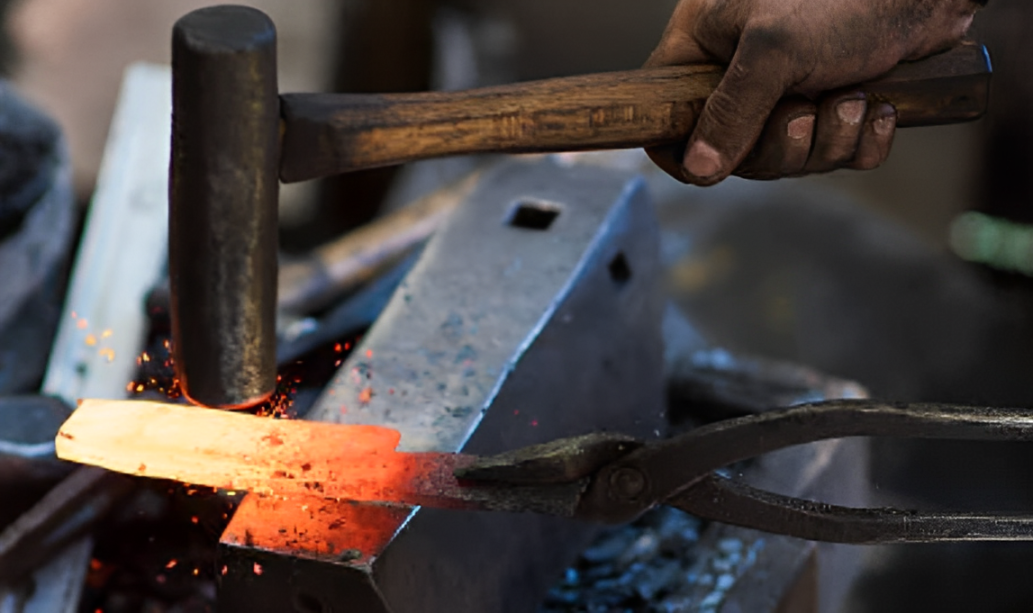
Before Using a Cutting Board
-
The Hidden Impact of Cutting Boards on Knives
A cutting board may look simple, but it has a powerful impact on your knife.
The right board protects the edge, while the wrong one can dull or even chip it.
In this video, we’ll show you what to know before using a cutting board — from choosing the right material to understanding how it affects your knife’s life. -
-
-
Once you’ve chosen the knife that will be your lifelong companion in the kitchen, the next step is to choose a cutting board that will protect it. The board may seem secondary, but in reality, it’s the surface that shapes how long your knife will stay sharp.
-

1. The Cutting Board’s Hidden Role
Every slice, every chop, is an interaction between blade and board. Over time, the hardness of the board can either preserve your knife’s edge or wear it down prematurely. For example, cutting a radish on a hard board puts far more strain on the edge than peeling it by hand.
-
-

2. Why Material Matters
Hard boards are durable, but they take a toll on knives, leading to quicker dulling or even chipping. Choosing a cutting board is not just about convenience or hygiene—it is a decision that directly impacts the lifespan of your knife.
-
-

-
3. Wood vs. Resin: Finding the Right Balance
In recent years, resin cutting boards have become popular in professional kitchens thanks to their hygiene and ease of care. But among knife makers, there is near-unanimous agreement: a soft wooden board remains the best partner for a knife. Wood cushions the blade, reduces stress on the edge, and offers the best balance between durability and knife preservation.
-
Conclusion
A cutting board is more than a kitchen accessory—it is an investment in your knives. By choosing wisely, especially with a quality wooden board, you not only protect your blade but also ensure years of smooth, enjoyable cooking.
Why Your Cutting Board Matters More Than You Think
-

A cutting board isn’t just a surface—it is the partner that determines how long your knife stays sharp. Hard boards can damage or dull the edge quickly, while the right board can preserve sharpness and extend your knife’s life with every cut.
-

The Soul of Craftsmanship
-
The Perfect Pair: Knives and Cutting Boards
A masterfully crafted knife deserves an equally worthy partner—a cutting board that protects and complements its edge. The surface beneath your blade is not just a background player; it directly influences sharpness, longevity, and the feel of every cut.
Hard boards can wear down even the finest edge, while softer boards let the blade glide smoothly, preserving sharpness and reducing strain. In this sense, knife and board form a true partnership—each enhancing the other.
When you pair a quality knife with a well-chosen cutting board, you’re not simply protecting your tools—you’re elevating your entire cooking experience.
-

Experience the sharpness trusted by 98% of Japan’s top chefs — handcrafted in Sakai City.
Through our exclusive partnership with Shiroyama Knife Workshop, we deliver exceptional Sakai knives worldwide. Each knife comes with free Honbazuke sharpening and a hand-crafted magnolia saya, with optional after-sales services for lasting confidence.
KIREAJI's Three Promises to You
-

1. Forged in the Legacy of Sakai
From Sakai City—Japan’s renowned birthplace of professional kitchen knives—each blade is crafted by master artisans with over six centuries of tradition. Perfectly balanced, enduringly sharp, and exquisitely finished, every cut carries the soul of true craftsmanship.
-

2. Thoughtful Care for Everyday Use
Every knife includes a hand-fitted magnolia saya for safe storage. Upon request, we offer a complimentary Honbazuke final hand sharpening—giving you a precise, ready-to-use edge from day one.
-

3. A Partnership for a Lifetime
A KIREAJI knife is more than a tool—it is a lifelong companion. With our bespoke paid aftercare services, we preserve its edge and beauty, ensuring it remains as precise and dependable as the day it first met your hand.







